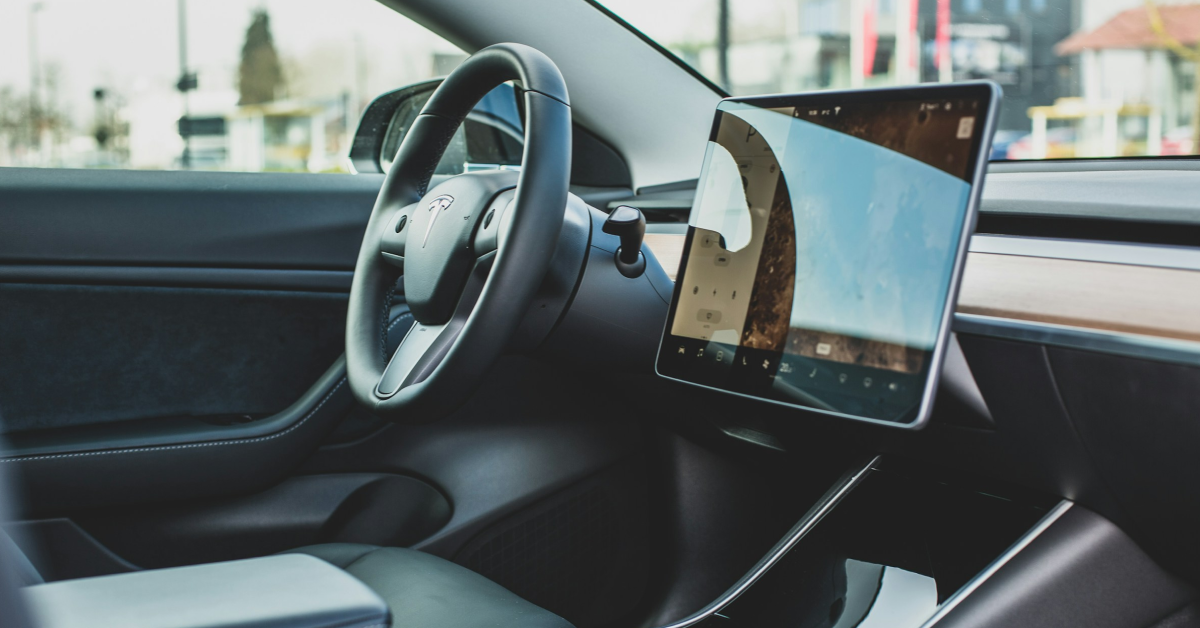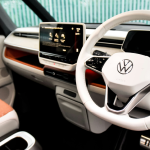

EV Guide: How to Care for Your Electric and Hybrid Car
What is the ideal way to care for an electric car? How can you extend the life of an electric car battery? And what are the best temperatures for charging? Our electric car maintenance guide answers these and other questions.
Getting an electric car is one thing; taking proper care of it is another. Proper EV care is crucial for its longevity and optimal performance.
While caring for an electric vehicle requires less maintenance than a traditional internal combustion engine vehicle, it’s still a good idea to follow a few tips and specific procedures.
Basic Maintenance Differences Between Electric and Hybrid Vehicles
Electric cars don’t have many of the parts found in internal combustion engine vehicles, such as spark plugs, exhaust systems, transmissions, radiators, clutches, or oil filters. These components may lead to costly repairs, so their absence makes a significant difference in maintenance costs.
Fewer moving parts mean fewer components that can wear out or need replacement. As a result, electric vehicles generally require much less maintenance. However, it’s still important to regularly check and maintain key components like the battery, brakes, and tyres.
What to Check Regularly on Your Electric Car
Brakes
Electric car brakes wear less thanks to regenerative braking. This converts kinetic energy into electrical energy and returns it to the battery. Nevertheless, the brakes must be checked regularly and the brake pads and discs replaced if necessary, although this happens less frequently than with internal combustion engines.
Tyres
Electric cars have higher torque, which can lead to increased tyre wear. Therefore, accelerate gradually and avoid sudden speed increases. Always check tyre pressure and ensure regular wheel rotation during maintenance.
Batteries and charging
The battery is the most expensive part of an electric car, so it’s crucial to pay close attention to its maintenance. Batteries are expected to last between eight and fifteen years, depending on the number of charging cycles. Before then, you may need to replace individual defective cell modules.
To extend the battery’s lifespan, we recommend:
Maintain battery charge between 20% and 80%
Only fully charge your electric car when necessary. For everyday use, you can usually manage with a charge level of around 80%. Frequent heavy discharges are also harmful to the battery. Ideally, recharge the battery when the charge level drops to 10–20%.
Optimal charging for extended downtime
When parking your electric car for an extended period (such as during a holiday), it’s best to leave the battery with a State of Charge (SoC) between 30% and 70%. Check your owner’s manual for specific instructions on how to handle long periods of inactivity.
Prioritise AC charging
Frequent fast charging (50 to 350 kW) can negatively impact battery life, potentially accelerating ageing by up to 17%. Use DC fast chargers mainly for long journeys. For everyday use, charge with AC power when your car is parked for several hours, such as overnight at home or during the day at work.
Charge to 100% only before long journeys
You can charge your battery to 100% before a long trip if you start driving immediately. For most trips, charging to 80% is sufficient, as charging performance slows down as the battery fills up, leading to disproportionately longer charging times.
Limit high-speed driving
Rapid acceleration and high-speed driving require large currents and strain the battery. To extend your electric car’s battery life, drive at a consistent speed and avoid sudden bursts of acceleration.
Avoid extreme temperatures
The battery in your electric car performs best in moderate temperatures. In summer, park in shaded areas, and in winter, keep your car in a garage. Aim to charge in temperatures between 15°C and 25°C for optimal performance.
Avoid Fast Charging Just Before a Journey
Avoid using fast charging right before starting a trip if the battery cells are still cold. It’s better to recharge the car in advance, after the battery has warmed up from a previous journey.
Use manual preheating
If your car has a manual preheat option, activate it before finishing charging. This allows the battery management system to regulate the cell temperature, warming the battery to the optimal level for efficient charging and better protection.
Electronics in Electric Vehicles
Regularly service your electric car to ensure all electronic components are functioning properly.
This includes assessing the performance and functionality of each component to prevent malfunctions and monitor the battery’s condition.
Also, don’t forget to regularly check the cable and charging connections.
Liquids in Electric Cars
Electric cars use less fluid than vehicles with internal combustion engines. However, brake fluid, coolant, and washer fluid still need to be checked and topped up regularly. Coolant is crucial for the battery’s thermoregulation system, so always top it up according to your electric car manufacturer’s recommendations.
Specific Care Tips for Hybrid Cars
Hybrids combine an electric motor with an internal combustion engine, leading to specific maintenance needs that require knowledge of both types of drive systems.
While the electric motor and battery need care similar to that of pure electric vehicles, the internal combustion engine and its components, such as oil and air filters, should be handled by traditional car maintenance professionals with the appropriate equipment and expertise.
For maintenance or repairs related to the high-voltage system, always consult a special service centre.
How Often Should You Visit the Service?
We recommend regular servicing at least once a year or every 30,000 km. Ensure that the inspection includes a check of the battery, electronics, braking system, and tyres.
As you can see, caring for an electric or hybrid car is relatively simple and often less expensive than maintaining a traditional internal combustion engine vehicle.
However, it does require specific knowledge and regular inspection of key components. By following these recommendations, you can significantly enhance the longevity and reliability of your car.
Add a comment Cancel reply
Comments (0)
Related posts


Electric SUVs: Top 6 Models for Family Trips











